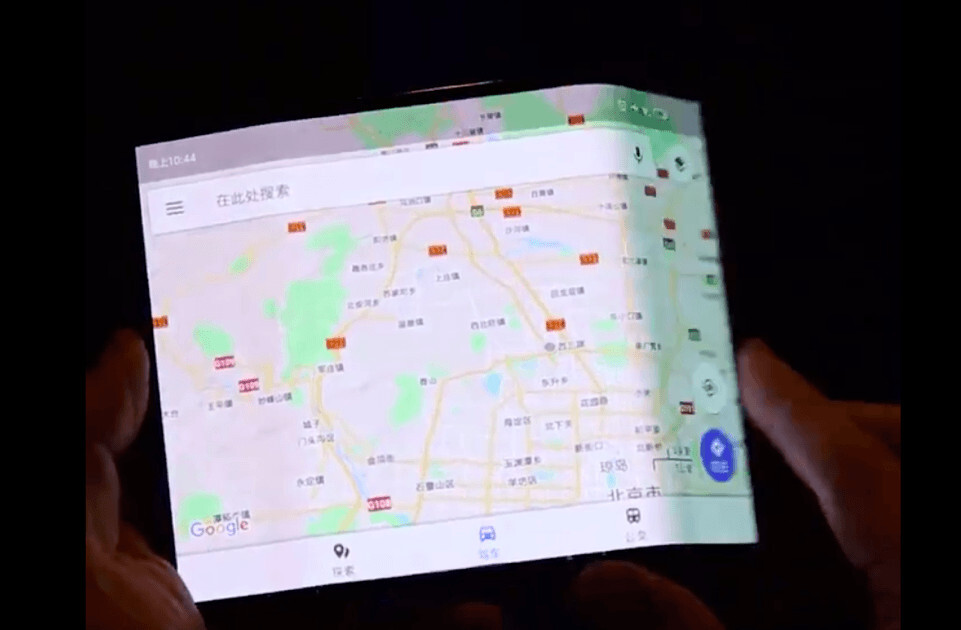
In the words of Alex Russell, who coined the term Progressive Web Apps, PWAs are “responsive, connectivity-independent, app-like, fresh, safe, discoverable, re-engageable, installable, linkable web experiences.”
If that is a mouthful for you, I do have a simpler description:
PWAs are a happy medium between web pages and native mobile apps. They combine the best of the two to bring an enhanced user experience to the consumers.
For a long time, businesses have wrestled with the question of whether they should develop dedicated mobile applications or if responsive websites would suffice to give consumers a good browsing experience regardless of the device and network status.
Google made responsive websites the industry standard a few years ago. But the question of whether it is worth investing in native apps remained.
In my book, anyway, the answer has finally arrived.
With PWAs, your clients do not need to choose between the two anymore. PWAs override the limitations of a website and bring to consumers the usability and rich functionality of an app. This arrangement makes everyone happy.
How do PWAs work?
In Google’s own words, PWAs are reliable, fast, and engaging.
And that is because businesses can pre-determine what aspects of the website will load when accessed via a PWA, to give users a lightning-fast experience regardless of whether they are online or not.
This is done with the help of “service worker,” a JavaScript agent that “puts you in control of the cache and how to respond to resource requests.” This, in turn, ensures that certain (pre-cached) elements will always load for users even if their mobile devices are not connected to the internet.
PWAs are progressive, responsive, secure, and always up-to-date.
How can PWAs help your clients?
Now comes the big question. If PWAs are all this and more, do they make a difference to a business’s bottomline, and if so, how?
PWAs cut down on costs
Businesses can finally rest easy with their decision not to invest in mobile applications. Developing dedicated apps is an expensive process. The barrier to entry in the App Store is high, and discoverability is low. This makes it probably not worth your time to set up a dedicated mobile application team.
The sheer genius behind (and the usefulness of) PWAs was rammed home when I attended CloudFest 2018, the world’s largest conference for hosting companies, in Germany earlier this year. Even though apps are universally favored for their made-for-mobile formats, the vast majority of users spend their time on only a select few apps. YouTube, Facebook Messenger, Instagram, and Twitter are often the main culprits.
Where does this leave small businesses even if they were to create a great app?
PWAs, with their combination of the best of the website and app functionality, can be developed and rolled out at a fraction of the cost, leveling the field to a great extent.
And because Google is backing the format, we will see wide embrace of the concept soon. In fact, many big retail websites have already begun on this path. And if they haven’t, small businesses can catch up too.
PWAs are hassle-free and fast to load
PWAs are easy to install since they don’t require the user to leave the website and hop over to Play Store or App Store to download the native app, which may or may not be a minor inconvenience for them considering how interested they might be in a business in the first place.
And yes, in my experience, even removing minor friction points has the power to dramatically increase installs.
On Anfroid, the website prompts users with the message ‘Add to Home Screen’ that appears at the bottom of the page. Users only have to click on the prompt, and the PWA is loaded onto their home screens just like an app would. This happens fast. You have to try it to believe how fast.
PWAs provide an app-like experience
Let’s face it. Even though consumers love websites, no one is entirely happy about the prospect of opening a website on their mobile device, especially those laden with features and images, and using it all the way to check out things.
No matter how responsive or well-adapted to the interface, using full-fledged websites on mobile is still slightly cumbersome and time- and data-consuming.
We love apps because they are devised for our phones and tablets. They maximize the potential of mobile devices and provide users with a rich and immersive experience.
But there are extra steps involved in downloading an app, and this might be where you lose potential customers. What if the app has negative reviews on top, and what if it takes long to install because the user’s internet connection is fluctuating? They will abandon you in no time. Apps also make users skeptical because of the array of permissions they often ask for.
PWAs, on the other hand, bypass all of that and are secure. They load on the home screen instantly and open in the blink of an eye. Users click on the PWA shortcut (which looks exactly like an app shortcut) to find an interface that looks and behaves like an app would.
They don’t have to deal with the website anymore and can avail the streamlined and mobile-friendly features of an app with ease. It’s convenient for them and beneficial to businesses as this seamless shift causes users to continue to browse their site, thus increasing the chances of a transaction taking place.
There is no downtime for a PWA
Again, this is where businesses risk losing customers. The dreaded downtime. Apps, too, falter – sometimes they just crash.
Also, what if the user has no space on their device to update it?
PWAs don’t take up space on user devices like apps do. And because they operate on the pre-cached concept, you have full control on what elements will load each time users access your client’s PWA. Downasaurs are a thing of past.
Will this make apps redundant?
That remains to be seen.
In its bid to keep improving user experience, Google is pushing websites to adopt PWAs en masse, while promising enhanced conversions to businesses.
It cites examples of companies that have benefited hugely from PWAs. Take the case of AliExpress, for instance, which “increased conversion rate for new users by 104 percent with their new PWA.” You should pay attention to that.
Apple has also added support for PWAs with its iOS 11.3 update.
The most popular apps will continue to flourish. But small businesses now have a chance to considerably better their performance and hold on to the forever fluttering user attention.
With PWAs, the game has changed.
Get the TNW newsletter
Get the most important tech news in your inbox each week.




